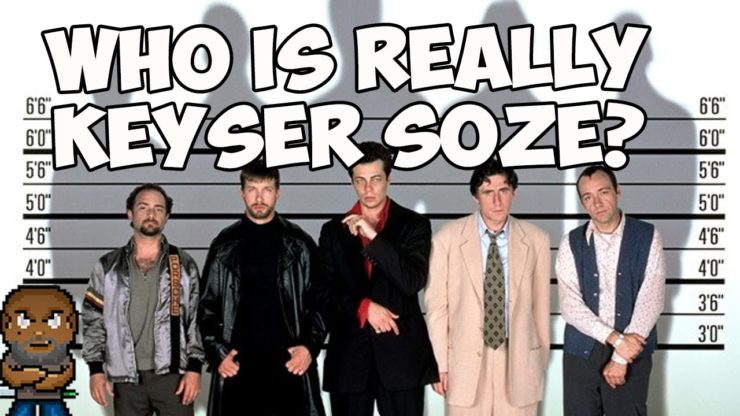Three of our California cannabis lawyers recently did a webinar on the Medicinal and Adult-Use Cannabis Regulation and Safety Act (“MAUCRSA”) and how it repealed the Medical Cannabis Regulation and Safety Act (“MCRSA”) while consolidating some of MCRSA’s provisions with the licensing provisions of the Adult Use of Marijuana Act (“AUMA”). If you missed the webinar don’t you worry, we’ve got you covered right here. During the webinar we received so many great questions from our attendees (close to 1,500 people signed up!), we decided to address them here on the Canna Law Blog. Last week we discussed the future and unknowns surrounding onsite consumption in California. This week we’re going to discuss California cannabis processors.
If you find yourself thinking you never read anything about about cannabis processors in the MAUCRSA, go ahead and give yourself a pat on the back because it does in fact nowhere mention processors, nor is there any mention of processors in the California assembly and senate bills that made up the MCRSA. Upon passage of the MCRSA, the California Department of Food and Agriculture (“CDFA”) held eight public workshops to solicit feedback from the public and interested stakeholders. After the workshops, the CDFA published a scoping report detailing some of their findings. When the CDFA released its proposed regulations for the medical cannabis cultivation program it also released a companion Initial Statement of Reasons (“ISOR”) and it is in the ISOR where we are first introduced to processors.
In the ISOR, the CDFA states “it was brought to the Department’s (that’s the CDFA) attention that some cultivators send untrimmed, uncured, or unpackaged cannabis to locations off-site for processing” and decided to add the processor as a new license type. Under the proposed regulations, a processor can also hold different types of cultivation licenses but would not be allowed to grow cannabis plants at the processing facility. The proposed annual license fee for processors was $2,790 – which was on the lower end for cultivation license type fees. The CDFA went on to define a processor in the proposed medical regulations as a cultivation site that conducts only trimming, drying, curing, grading or packaging of cannabis and non-manufactured cannabis products.
What caught many people’s attention is how CDFA classified pre-rolls as a type of non-manufactured cannabis product. Though consumer feedback on the quality of pre-rolls varies, there’s also a burgeoning marketplace for cannabis businesses that promote quality and brand themselves accordingly. The CDFA also envisioned an increased interest in processor licenses as they assumed approximately 20% of California’s cannabis production would be processed through California licensed cannabis processors. As you can imagine, our cannabis attorneys were getting a boatload of inquiries regarding this license type, but then California Governor Jerry Brown signed MAUCRSA into law and just like Keyser Söze, it was gone.
But is the processor license type gone for good here in California? Will those with cultivation licenses under MAUCRSA be allowed to conduct cannabis processing on their premises or will the CDFA bring back from the dead the processor as a separate license type in California? We’ll have to wait until the CDFA publishes its new proposed regulations in the fall under an emergency rule-making process so that the state will be able to issue cannabis licenses beginning on January 02, 2018. Since the processor license type was so short-lived, even if the CDFA does re-create it as a license type it will probably take some time for cities and counties to add processors to their licensing structure.
We’ll keep you posted on any new developments.
























